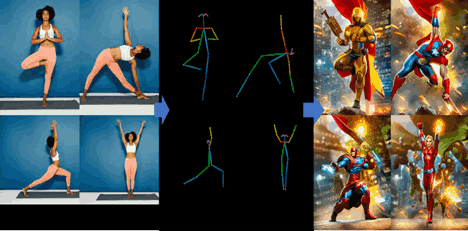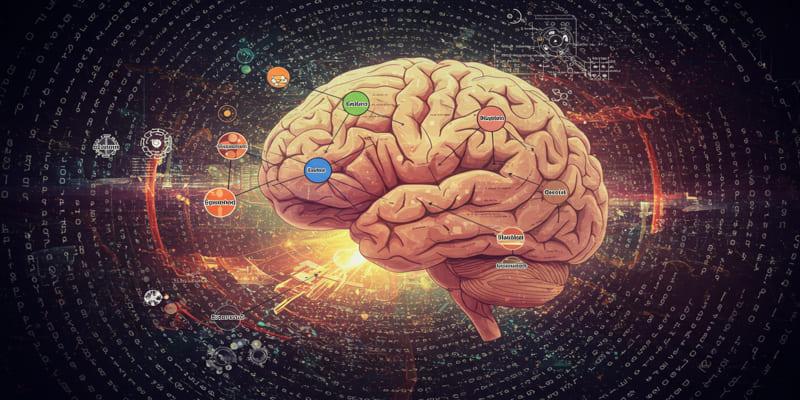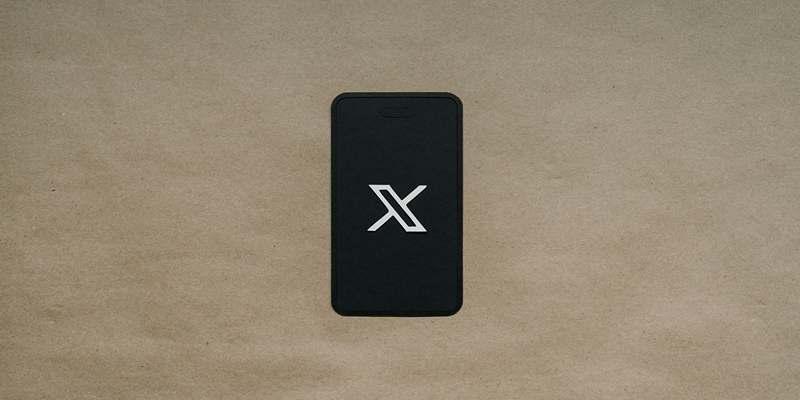When it comes to generating images that follow structure or control, ControlNet is the tool that quietly steps up and does the heavy lifting. It doesn't take the spotlight the way flashy prompt-tweaking does, but it's essential when you want your model to listen, not just speak. Now, training ControlNet with Hugging Face's diffusers library might sound like you're about to wade through a sea of scripts and headaches. But once you break it down, it's just another process that works, granted, with some care and attention.
Without any further ado, let’s walk through how to train your own ControlNet using diffusers, one part at a time.
Before jumping into any training, you need a workspace that doesn’t break mid-process. First off, make sure your machine (or cloud setup) is equipped with a strong GPU—16GB VRAM is kind of the floor here.
Start by installing the necessary libraries. If you're not already set up with diffusers, transformers, and accelerators, now's the time.
bash
CopyEdit
pip install diffusers[training] transformers accelerate datasets
If you're working on a forked or custom pipeline, cloning from GitHub and using editable installs will save time in the long run.
bash
CopyEdit
git clone https://github.com/huggingface/diffusers.git
cd diffusers
pip install -e .
Make sure your versions line up. Out-of-sync packages quietly break everything down the line.
ControlNet training isn’t just about feeding a model images—it needs conditioning data too. That’s what sets it apart from regular image generation models. You’ll need paired data: an input condition (like a pose map, edge map, depth map, etc.) and its corresponding image.
Structure your dataset directory like this:
arduino
CopyEdit
dataset/
├── condition/
│ ├── 00001.png
│ ├── 00002.png
├── image/
│ ├── 00001.jpg
│ ├── 00002.jpg
If you're dealing with a dataset that doesn't already have conditioning images, preprocessing scripts (like OpenPose for human poses or MiDaS for depth estimation) can help generate them.
Make sure the dimensions match, the aspect ratios stay consistent, and your preprocessing doesn’t introduce mismatches. That kind of noise derails your loss function quietly and quickly.
The base diffusers repo includes a train_controlnet.py script under the examples directory. It handles most of the boilerplate, but you’ll need to feed in paths and set a few arguments correctly.

Here's a simplified call to the script:
bash
CopyEdit
accelerate launch train_controlnet.py \
--pretrained_model_name_or_path="runwayml/stable-diffusion-v1-5" \
--dataset_name="path/to/your/dataset" \
--conditioning_image_column="condition" \
--image_column="image" \
--output_dir="./controlnet-output" \
--train_batch_size=4 \
--gradient_accumulation_steps=2 \
--learning_rate=1e-5 \
--num_train_epochs=10 \
--checkpointing_steps=500 \
--validation_steps=1000
One thing you’ll notice early on—ControlNet models aren’t trained from scratch. You’re fine-tuning from a base like stable-diffusion-v1-5. ControlNet acts as an add-on module, learning how to inject structure while leaving the main diffusion weights untouched.
There’s also the option to use --use_ema for exponential moving average. It helps with stability if you’re training longer than a few epochs.
As training kicks off, you’ll want to monitor loss values—but in ControlNet’s case, watching the validation images speaks louder than numbers. Every few hundred steps, your script can generate sample images using the conditioning input. That’s where you’ll notice whether the model is just memorizing the training data or actually learning how to apply structure.
If your validation outputs are either too blurry or ignore the structure, check:
Diffusion models can be forgiving in many ways, but ControlNet depends heavily on accurate, aligned data. Small mismatches in pose maps or edge inputs will show up loudly in output images.
For long trainings, enable checkpointing. If something crashes, you won’t be starting from zero. And for evaluation, don’t rely on just one type of prompt—diverse inputs show you whether your ControlNet can generalize.
Once you're happy with your model, it's time to save and load it properly for inference. Use the from_pretrained method to load your new ControlNet alongside a pipeline:

python
CopyEdit
from diffusers import StableDiffusionControlNetPipeline, ControlNetModel
from transformers import CLIPTokenizer
controlnet = ControlNetModel.from_pretrained("path/to/controlnet")
pipe = StableDiffusionControlNetPipeline.from_pretrained(
"runwayml/stable-diffusion-v1-5", controlnet=controlnet
)
pipe.to("cuda")
Make sure the conditioning image at inference time matches the kind you used in training. If you trained with Canny edges, you can't just switch to depth maps and expect magic. ControlNet learns how to respond to a specific type of structural signal, and swapping that input breaks the connection it was trained to follow.
The diffusers pipeline is friendly to customization. You can slot in schedulers, modify prompts, and adjust generation settings easily. But the real win here is that you now have a ControlNet that listens to structure—a model that understands both language and form.
Training ControlNet with diffusers might feel technical on the surface, but it’s built with enough flexibility to keep things sane. As long as your dataset is aligned and your config is clean, the process mostly stays out of your way. And when it’s done, you get a model that doesn’t just make images—it follows instructions. That part? Pretty satisfying.
What's equally important is how training your own ControlNet opens the door to creative control. Whether you're working on stylized art, layout-constrained design, or visual tasks that demand structure, having a model tuned to your specific data lets you stop depending on prompt hacks and start building intent-driven outputs. It's not just better results—it’s better control over how those results come together.

Explore how Advanced Topic Modeling with LLMs transforms SEO keyword research and content strategy for better search rankings and user engagement.

How to evaluate Agentic AI systems with modern metrics, frameworks, and best practices to ensure effectiveness, autonomy, and real-world impact in 2025.

AIOps redefines IT operations by leveraging AI to reduce costs, enhance efficiency, and drive strategic business value in a digital-first world.

Selector is a versatile platform for anomaly detection and network security, using advanced AI for precise threat identification and prevention.

How IT monitoring platforms enhance system reliability, enable faster issue resolution, and promote data-driven decisions.

How AI-powered automation is transforming network operations, delivering efficiency, scalability, and reliability with minimal human intervention.

How AI enhances forecasting accuracy while addressing limitations like rare events and data quality through human-AI collaboration.

Find out how to stop X from using your posts to train its AI models.

Explore how ChatGPT’s AI conversation feature works, its benefits, and how it impacts user interactions.

How data mining empowers businesses with insights for smarter decisions, improved efficiency, and a competitive edge.

Google’s Gemini Live now works on most Android phones, offering hands-free AI voice assistance, translations, and app control

Google’s Gemini 2.0 boosts AI speed, personalization, and multi-modal input with seamless integration across Google apps